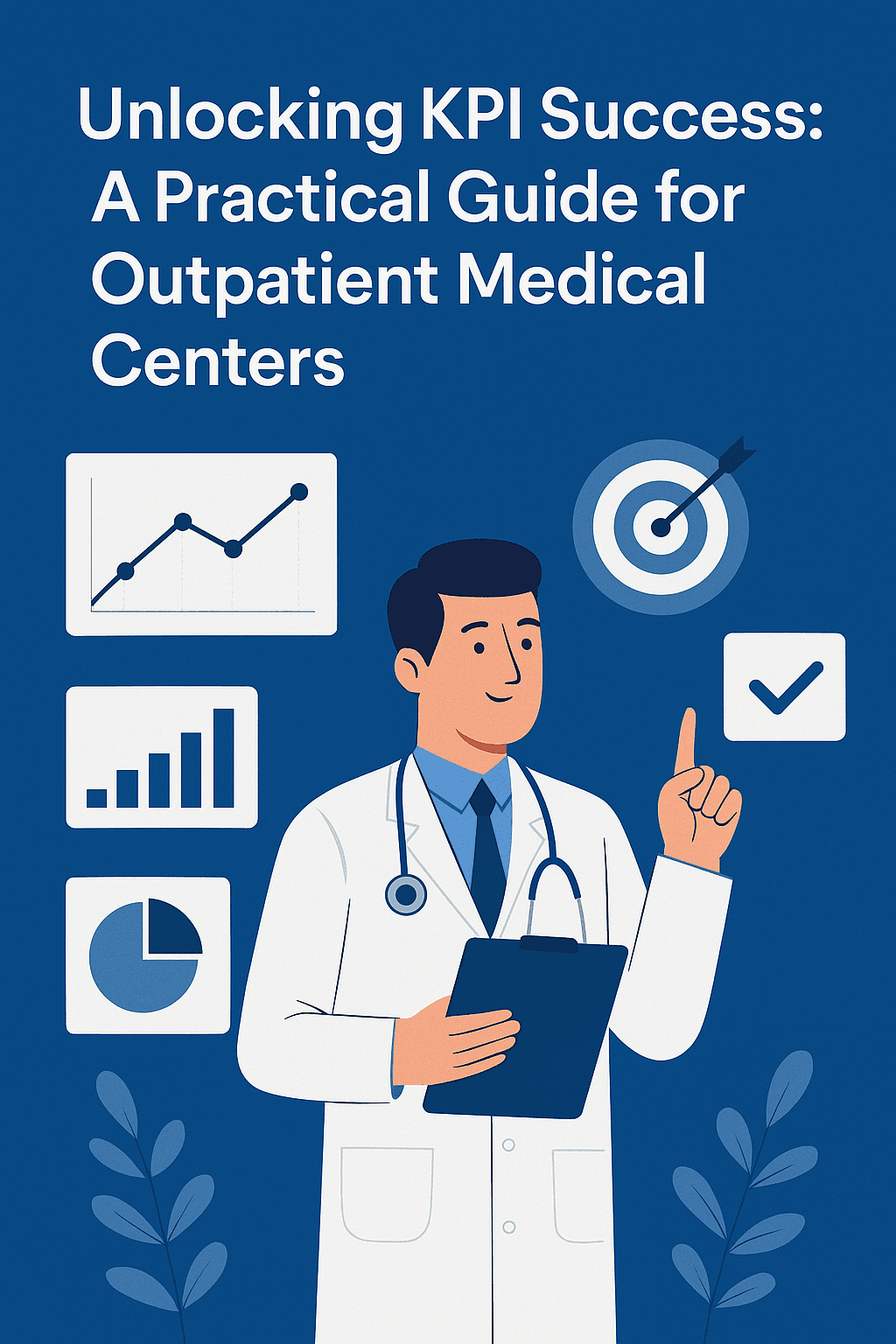
ICD-10 2021 Guidelines: Insights from a Healthcare Industry Expert
In the world of healthcare, there’s a coding system that’s like the backbone of everything we do: ICD-10. It’s what helps us categorize diseases, conditions, and treatments in a way that everyone can understand, from doctors to insurance companies. And let me tell you, after spending over ten years in this field, I’ve learned a thing or two about how to navigate these guidelines.
Getting Back to Basics
Alright, so before we dive into the nitty-gritty of the 2021 guidelines, let’s talk about what ICD-10 is all about. Basically, it’s this massive collection of codes that represent different medical stuff, from a broken arm to a rare disease. And getting those codes right is super important for getting paid and keeping track of what’s going on with patients.
Excludes 1 and Excludes 2
Now, let’s talk about Excludes 1 and Excludes 2. These are like little flags that tell us whether certain conditions can be coded together or not. For example, if someone has diabetes type 1 and type 2 at the same time (yeah, it can happen), we need to use separate codes for each because they’re mutually exclusive.
But then there are situations where conditions can coexist. Like, if someone has high blood pressure and heart disease, we can code for both because they’re related but different things.
See Also and Code Also
Okay, next up: See Also and Code Also. These are like our helpful little guides within the guidelines. See Also points us to related stuff that might be useful to know when coding. So, if we’re coding for something like high blood pressure, it might remind us to also consider coding for things like heart problems that often go hand in hand.
And then there’s Code Also, which tells us to add extra codes to give a fuller picture of what’s going on with the patient. For instance, if someone has pneumonia because of COVID-19, we not only code for the pneumonia but also for the respiratory distress that comes with it.
Wrapping It Up
So, there you have it – ICD-10 2021 guidelines made a bit more human. By understanding these rules, we can make sure patients get the right care and that everyone involved, from doctors to insurance folks, can do their jobs smoothly. And as healthcare keeps changing, staying on top of these guidelines is key to keeping things running like a well-oiled machine.



